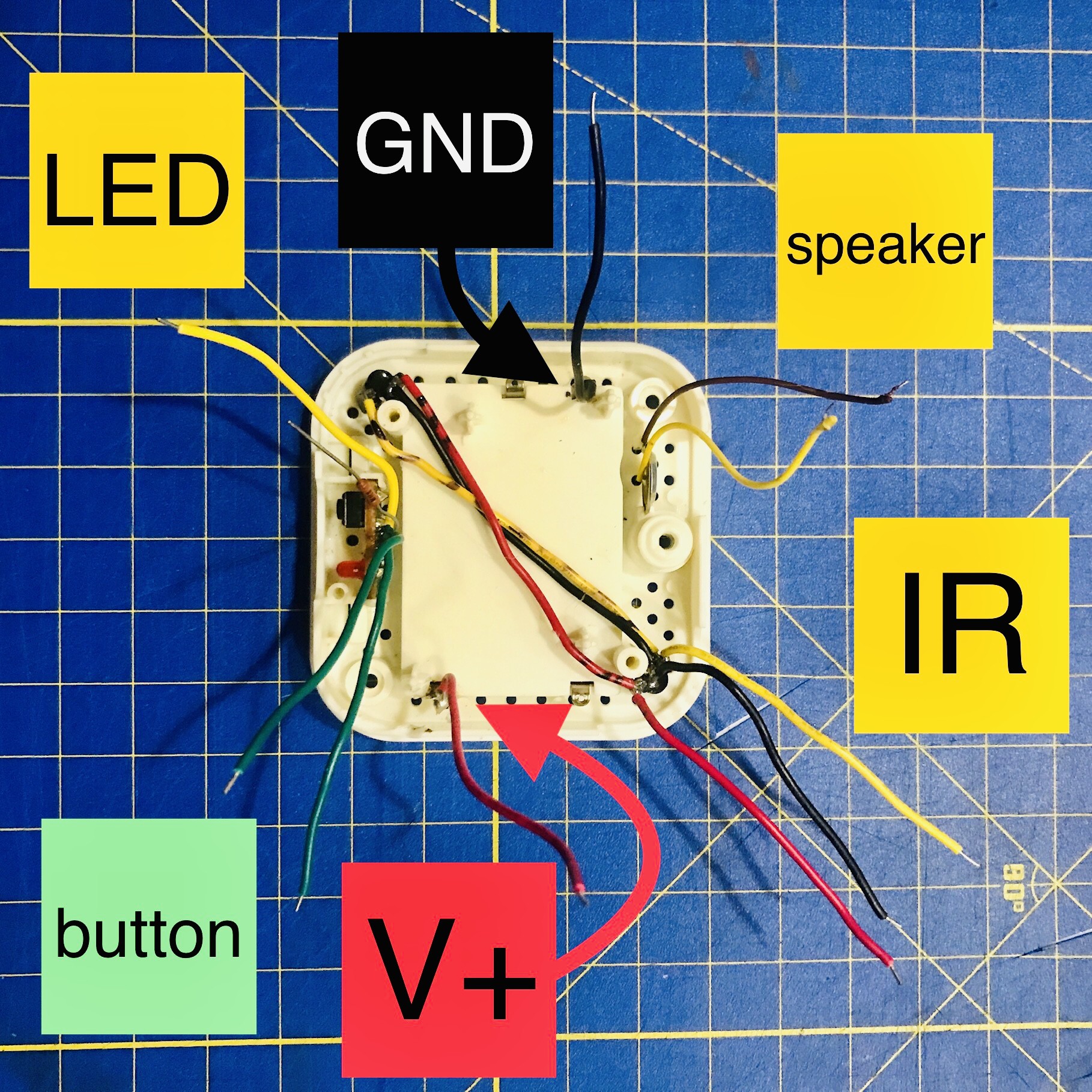-
Finished Wiring Everything and Made Some Mods
10/02/2021 at 04:43 • 0 commentsI wired up the Adafruit QT Py RP2040 and soldered all the connections. I decided to use the built-in battery compartment. I added a Single Pole Double Throw (SPDT) switch to help extend the battery life. The improved Duo Pop uses on average 30.01 mA.
![]()
![]()
I pulled my switch out of an old RC toy car. It is 5.5mm wide which is the exact same size as the space between the battery compartment shell and the outer wall. I used a hobby knife to cut a hole in the bottom of the base and the battery lid for the switch to stick out through. Both the base and battery lid have holes that lined up so I just cut away a little material to join two holes and enlarged as needed.
![]()
The improved Duo Pop can also be powered by the USB-C connection on the QT py. I cut a notch out of the lid and a hole in the transparent red collar to have access to it. I made the hole by melting a rough hole using my 3D pen's nozzle and then cutting away extra material as needed using a hobby knife.
![]()
![]()
![]()
I used my hobby knife to scrape off the word "POWER" on the side of the bottom cap and acetone to take off the logo on the lid. WARNING: The acetone will melt the plastic so move quickly.
![]()
-
Coding and Testing
09/25/2021 at 18:04 • 0 commentsI coded up a quick CircuitPython program and it works well. I used an Adafruit CLUE dev board with a pin breakout board attached. I like using this dev board because I don't have to use a REPL to see what is going on thanks to its built-in display. I recorded the process and may make a youtube video about it. So that everyone could see what the CLUE displayed, I did use the Mu REPL in the recordings. I encountered a few challenges and techniques for working with IR receivers, LEDs, and audio. They informed my design process and ultimately the current design of the new and improved Duo Pop. I updating the test code to the GitHub repository for this project.
![]()
-
Overview of Project
09/25/2021 at 00:44 • 0 commentsI came across an old tutorial about the Duo Pop on the Adafruit website about a year ago. It used Duo Pop's original control board and a Pro Trinket 5V logic development board. Adafruit doesn't recommend makers purchase it for new projects and only have them available for maintaining old projects.
The project removed the functionality of the original speaker, LED, and switch. It did utilize the Pro Trinket's LED and acted as a USB keyboard.
I hope to use all the original hardware and to make it a stand-alone device. I will use the QT Py's NeoPixel to identify the order of the buzzer presses. The original piezo speaker and LED will be used to identify when an action has been completed, e.g. on buzzer press recorded, end of the round, and on reset. The button will be used to reset the round and on long-press toggle the speaker on and off.
-
Disassembled the Duo Pop and prepared connections for testing.
09/24/2021 at 23:36 • 0 commentsI disassembled the Duo Pop. Following the traces on the controller board, I noticed that the pins between the IR receivers are connected. I replicated the traces with wires.
I looked up which resistor Adafruit recommends using with LEDs. They have an example with the QT Py RP2040 using 470 ohms. The closest I have is 430 ohms. It took me a bit to figure out the markings, K43 J∆, on the resistor. I got them in Russia and forgot to mark their bag. I had to look up what the tolerance, J, was. They are 430 ohms with a tolerance of ±5. My multi-meter says they are about 426 ohms. I replaced the LED- wire with the 430 ohms resistor.
![]() I ended up replacing all the wires. This wasn't necessary but I accidentally snapped a wire off and desolder another. The only wires I didn't replace were the speaker wires.
I ended up replacing all the wires. This wasn't necessary but I accidentally snapped a wire off and desolder another. The only wires I didn't replace were the speaker wires.![]()
Reimagining Duo Pop
Breathe new life into your Duo Pop, a discontinued iOS peripheral device, with the help of Adafruit's QT Py RP2040.
 JT
JT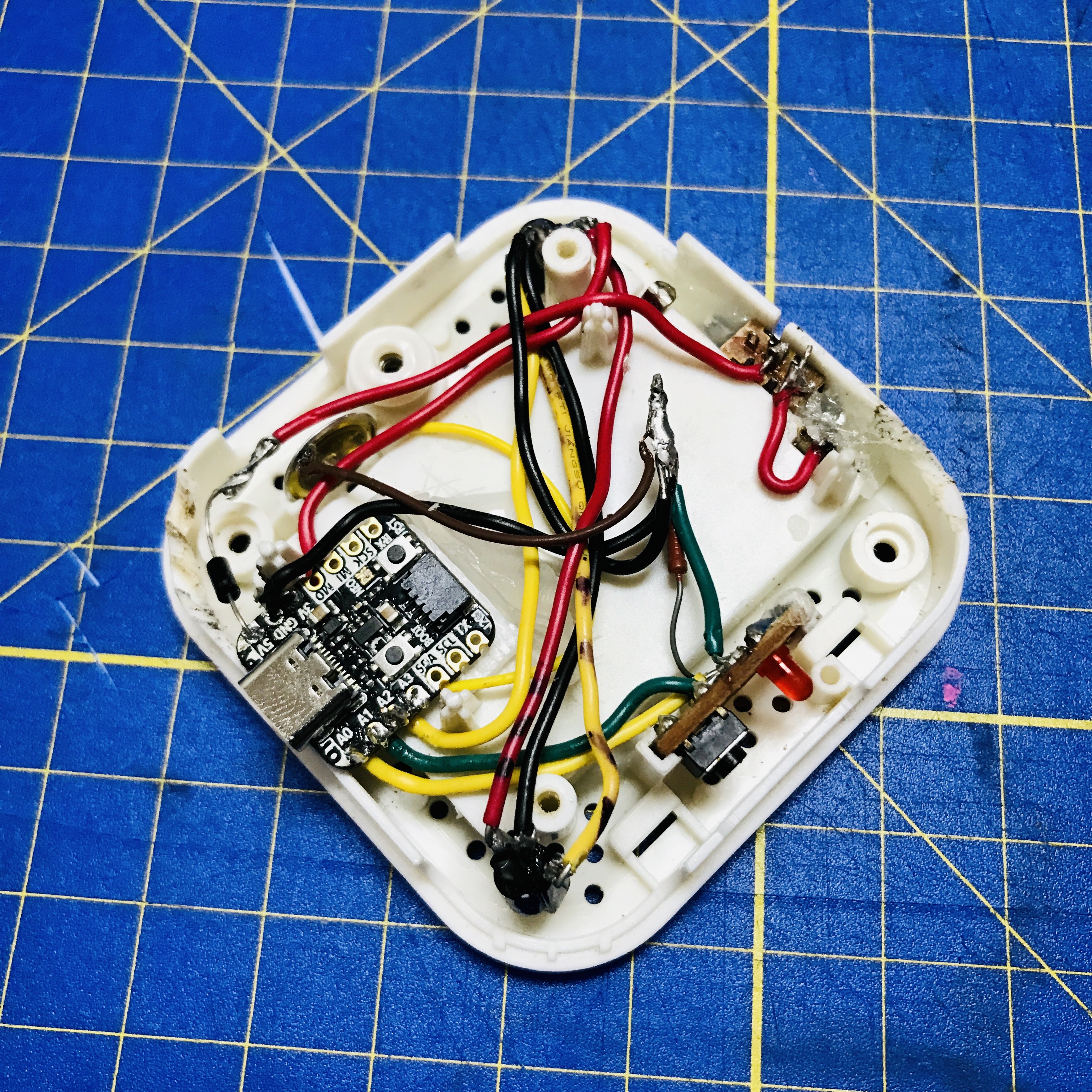
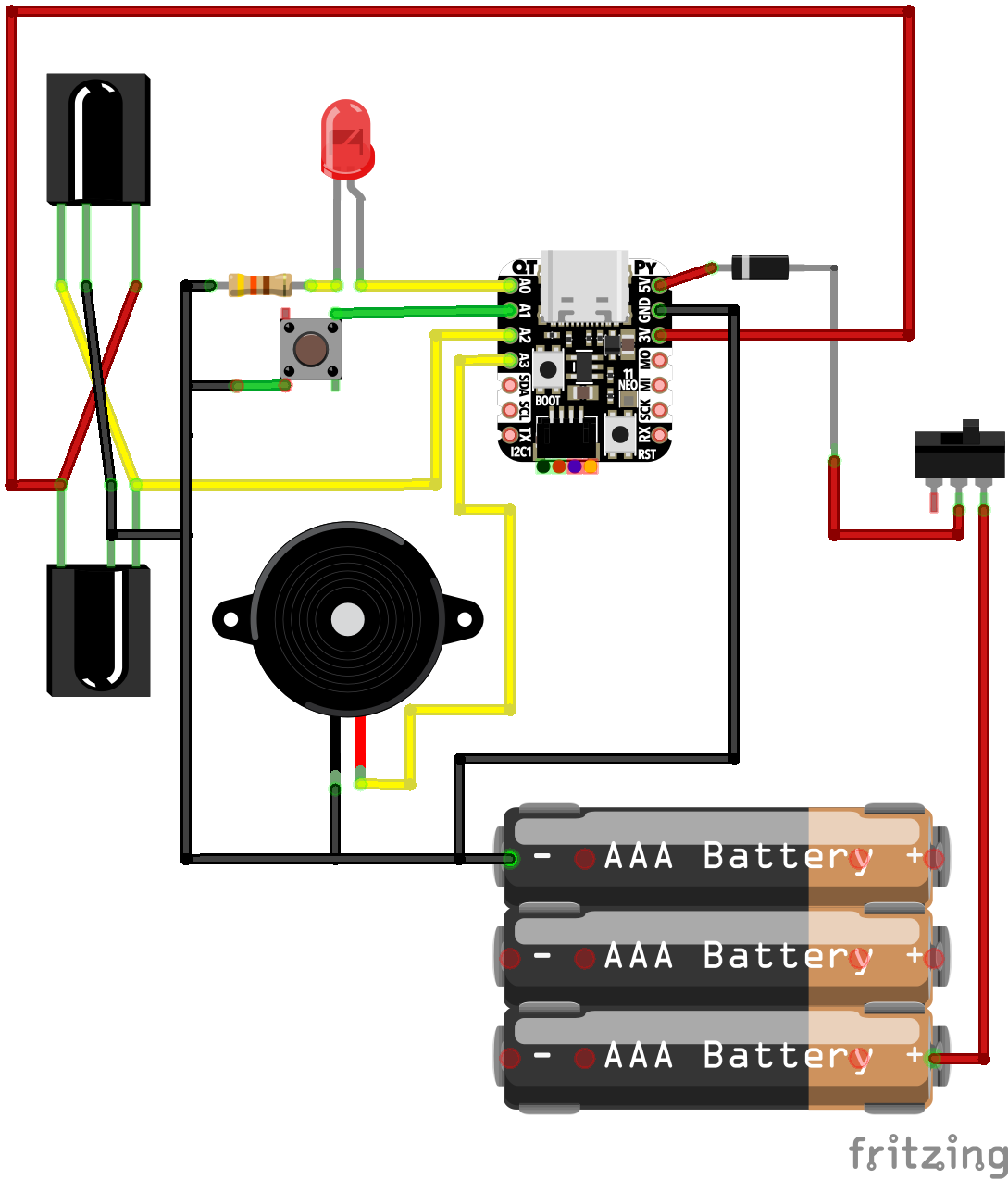
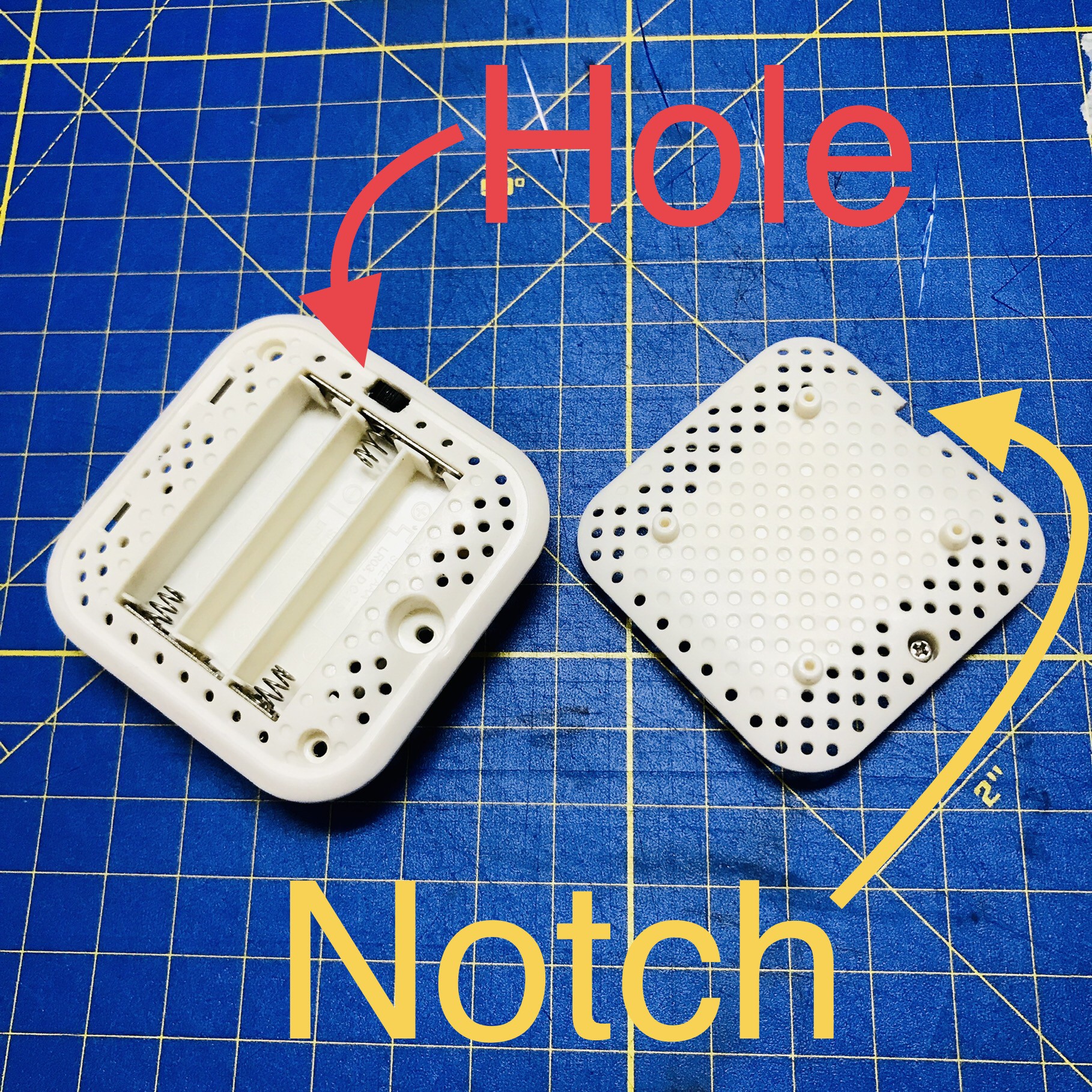
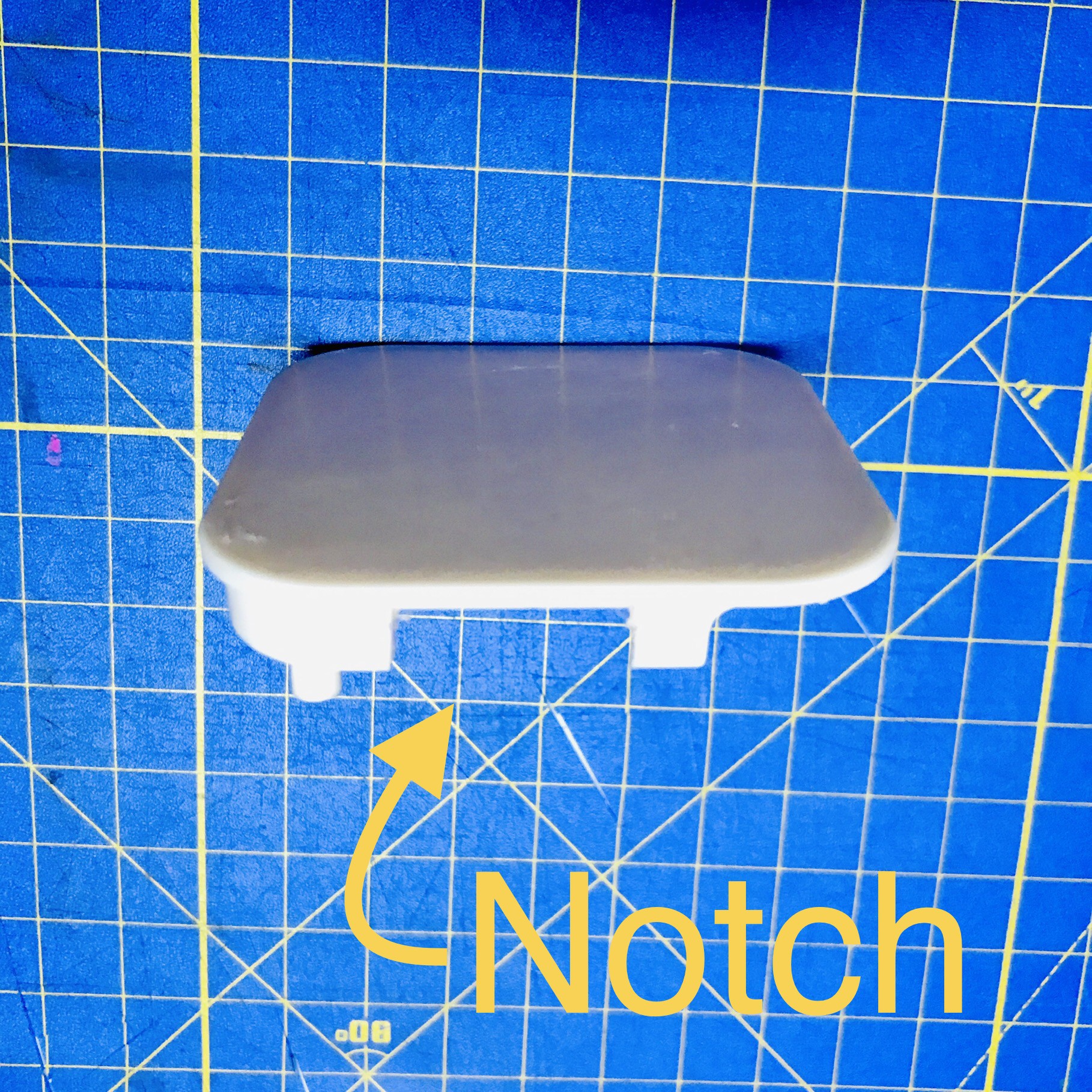
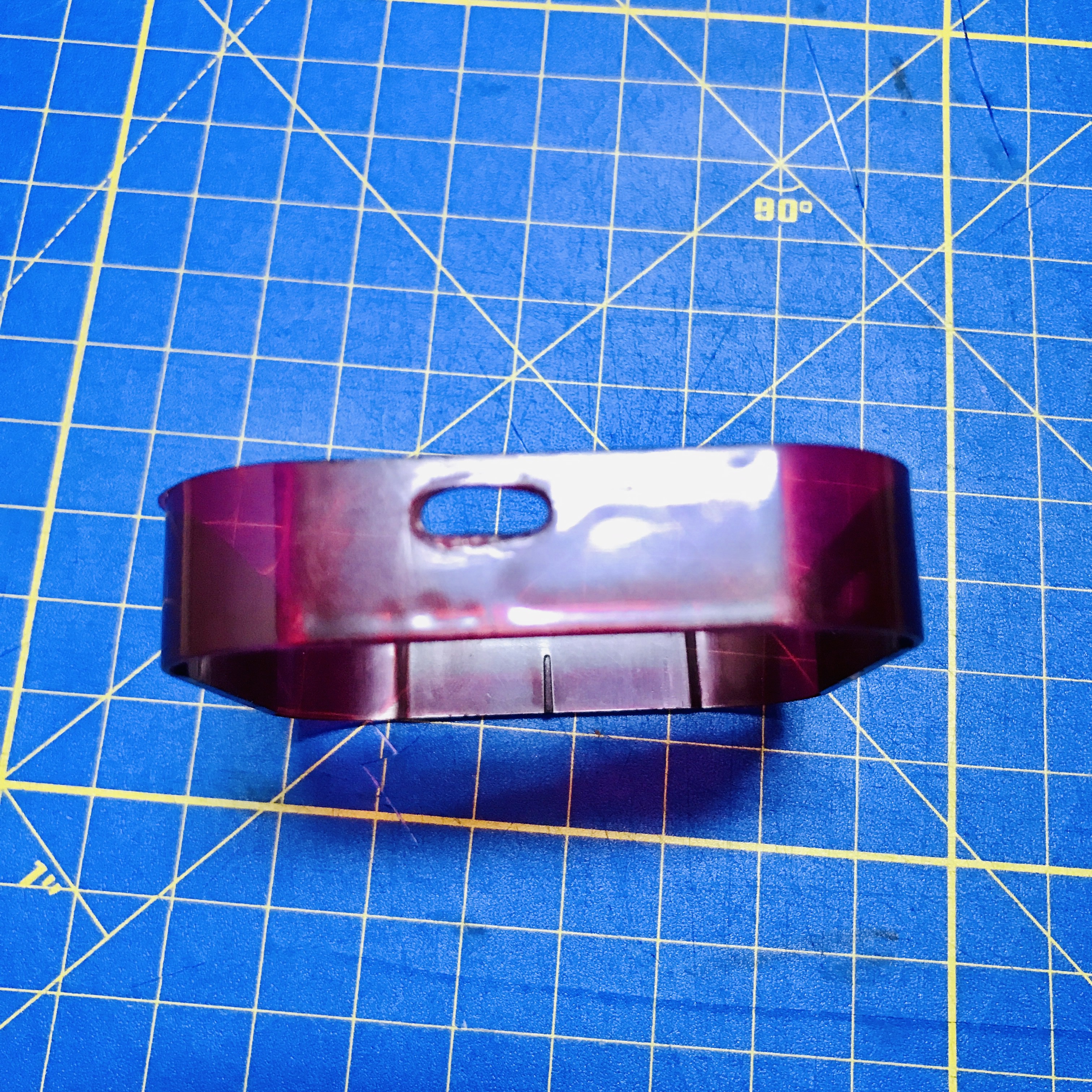
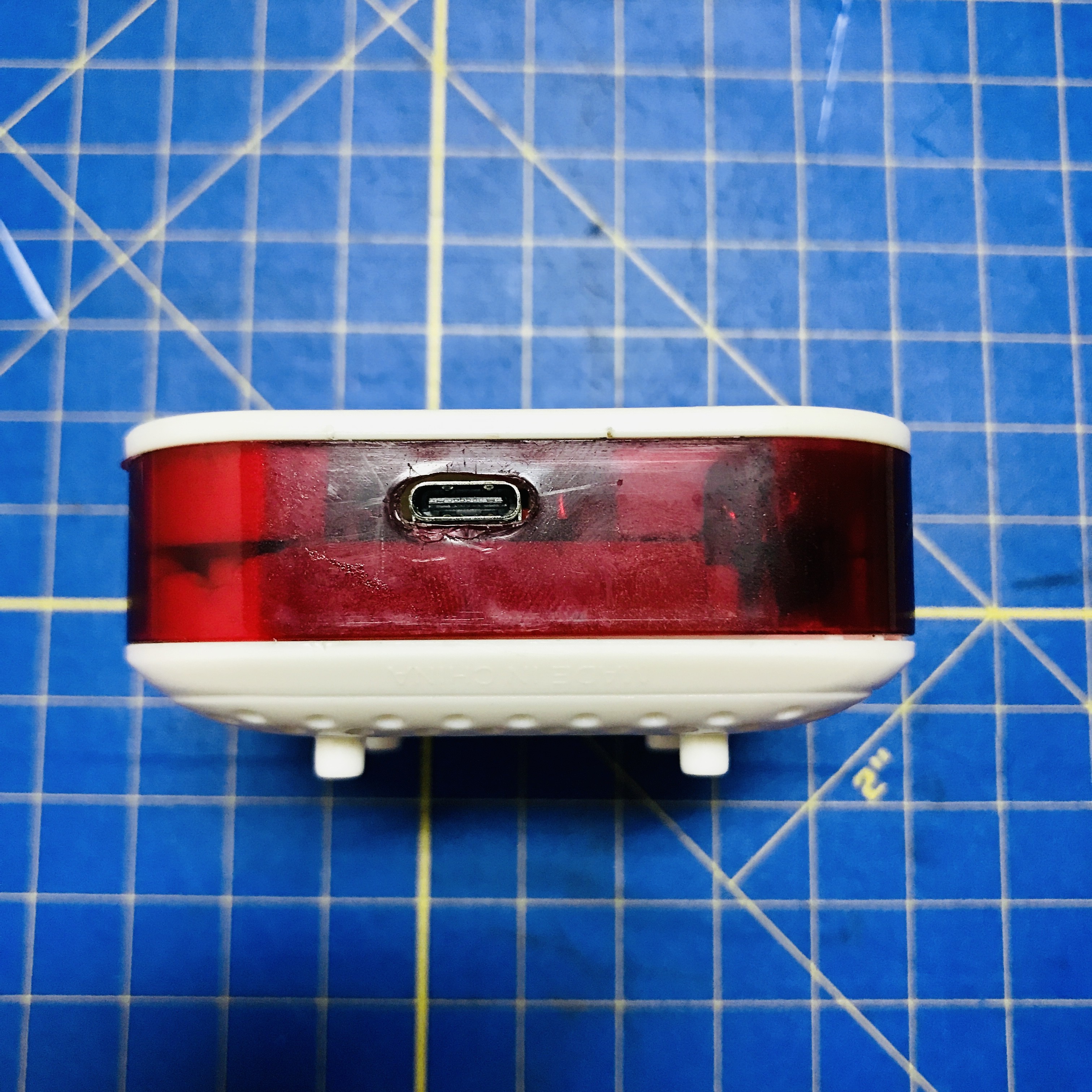
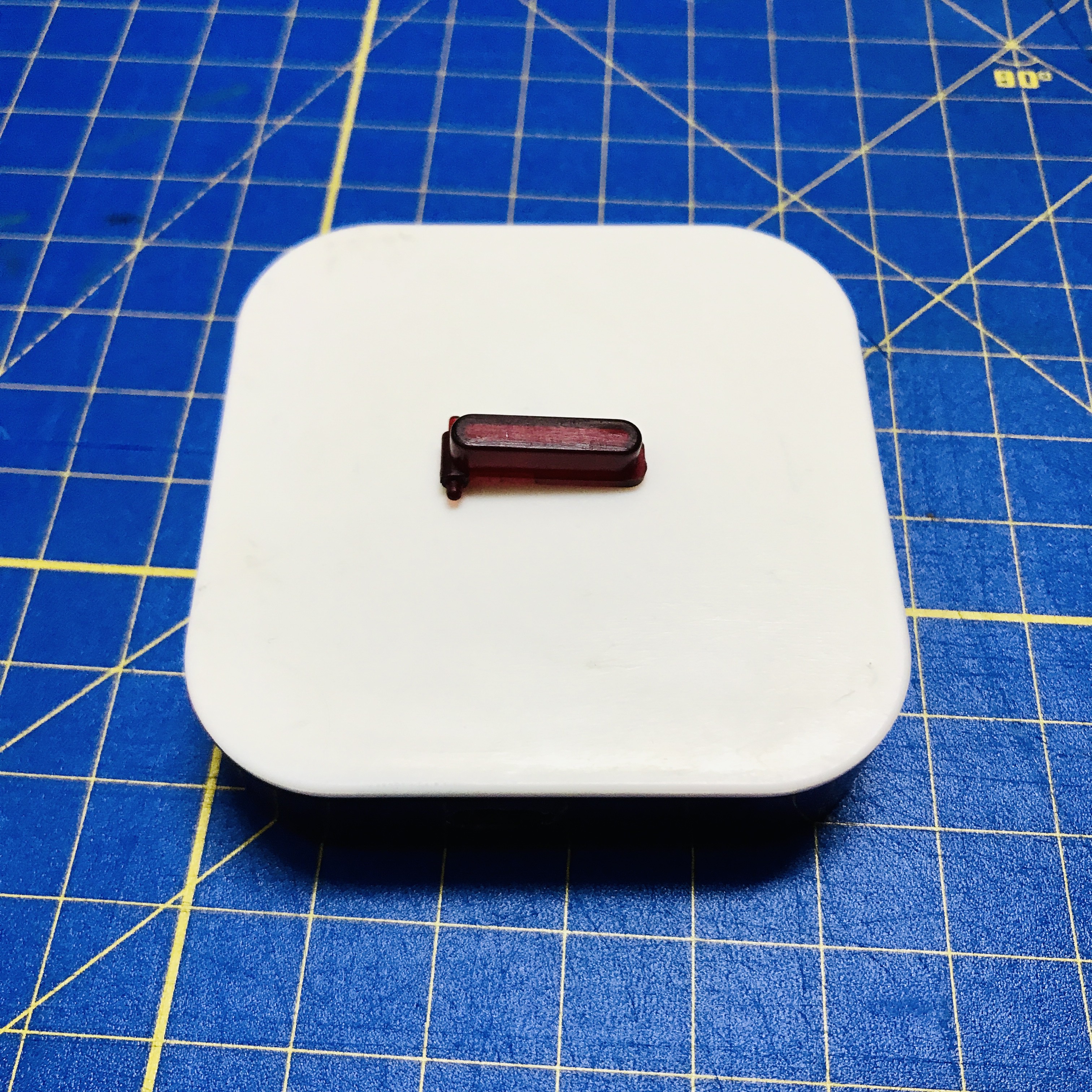
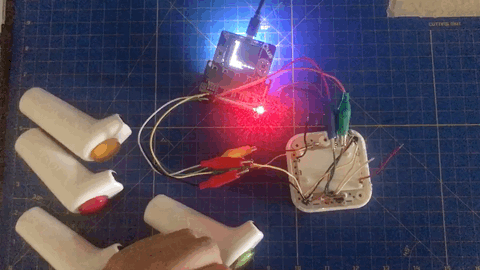
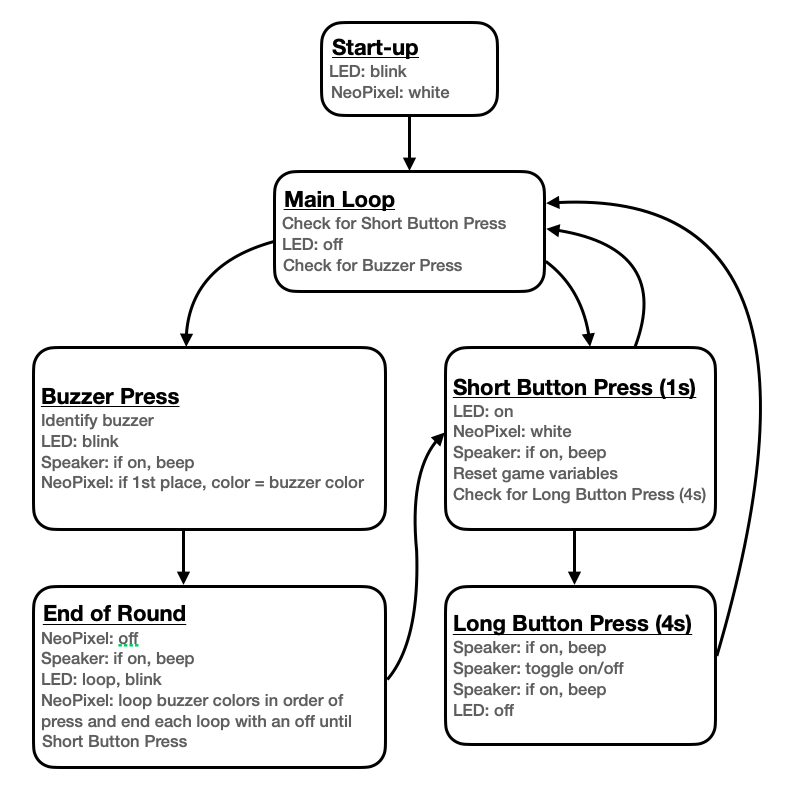
 I ended up replacing all the wires. This wasn't necessary but I accidentally snapped a wire off and desolder another. The only wires I didn't replace were the speaker wires.
I ended up replacing all the wires. This wasn't necessary but I accidentally snapped a wire off and desolder another. The only wires I didn't replace were the speaker wires.